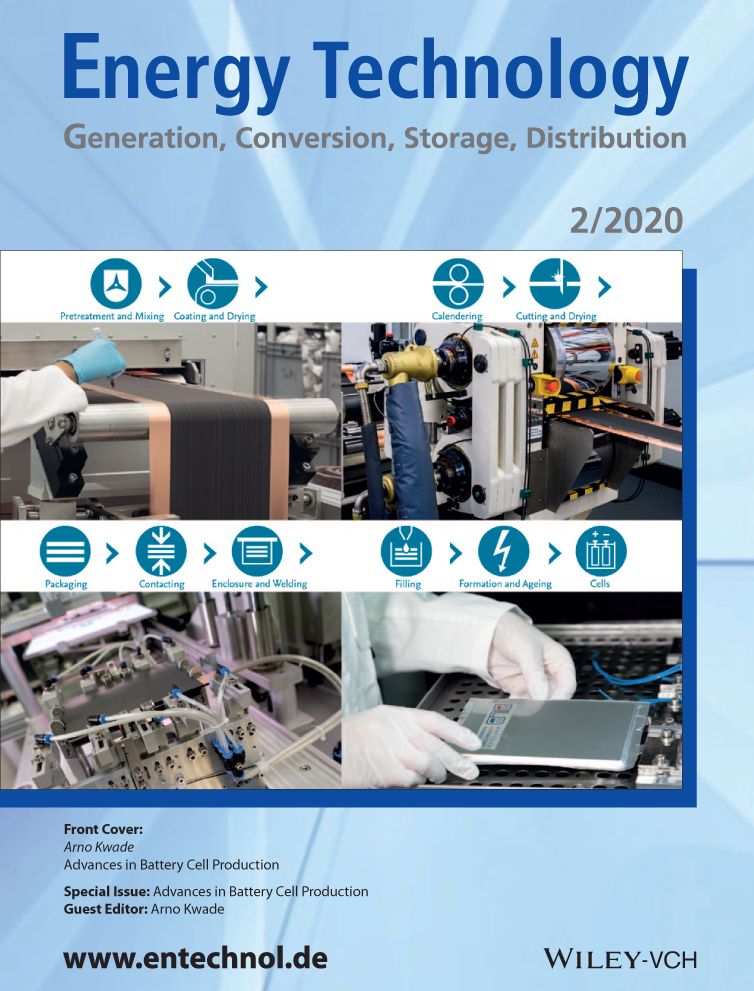Investigation of the Influence of Deposition Accuracy of Electrodes on the Electrochemical Properties of Lithium-Ion Batteries
Abstract
Nowadays, battery production involves the use of cost-intensive materials and highly complex production processes. The knowledge of interactions between product properties and process parameters is often limited to best-practice-experience rather than based on actual quantitative correlations. This work quantifies the influence of electrode deposition accuracy (process parameter) on the electrochemical performance (product property) of large battery cells (discharge capacity >8 Ah). In total, 40 lithium-ion battery cells with five different deposition error configurations are manufactured and electrochemically tested. The electrochemical results of these tests show a linear decrease in the discharge capacity with a linear increase in the deposition error. The reduced discharge capacity is attributed to the extended nonoverlap of cathode and anode areas as well as the larger travel distances of intercalating ions.
Conflict of Interest
The authors declare no conflict of interest.




